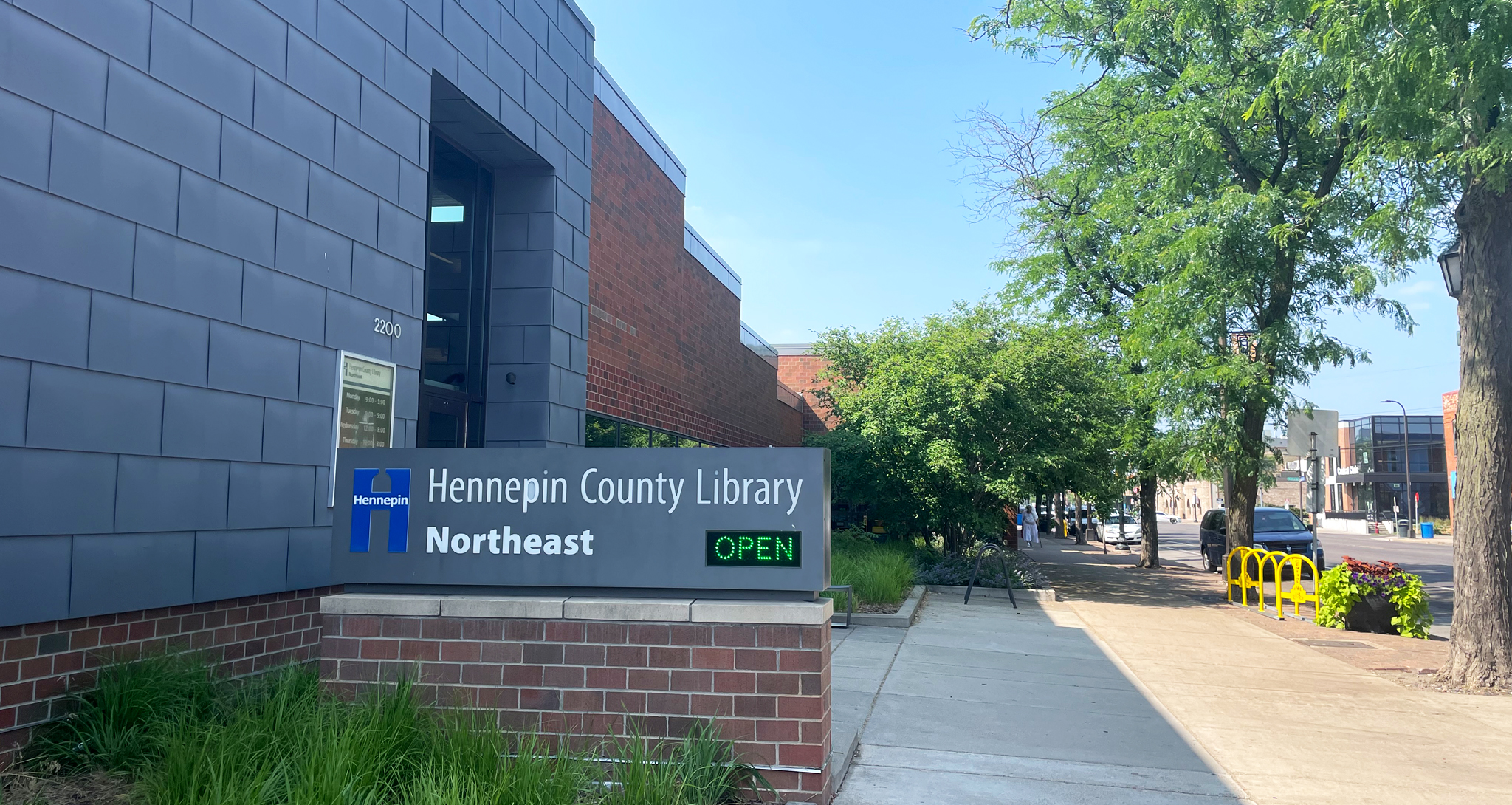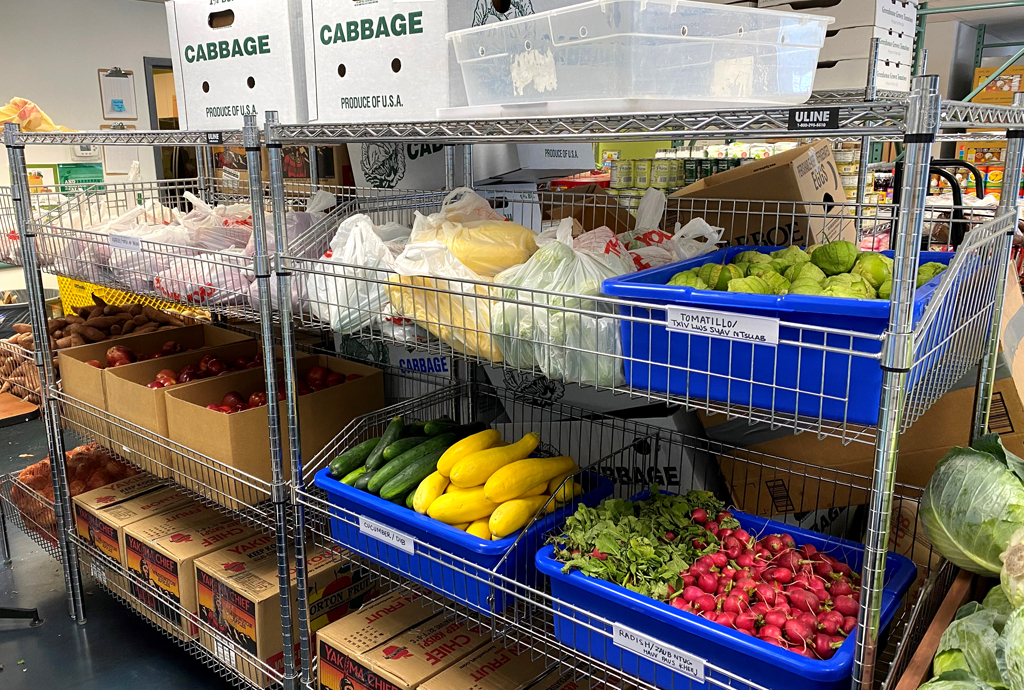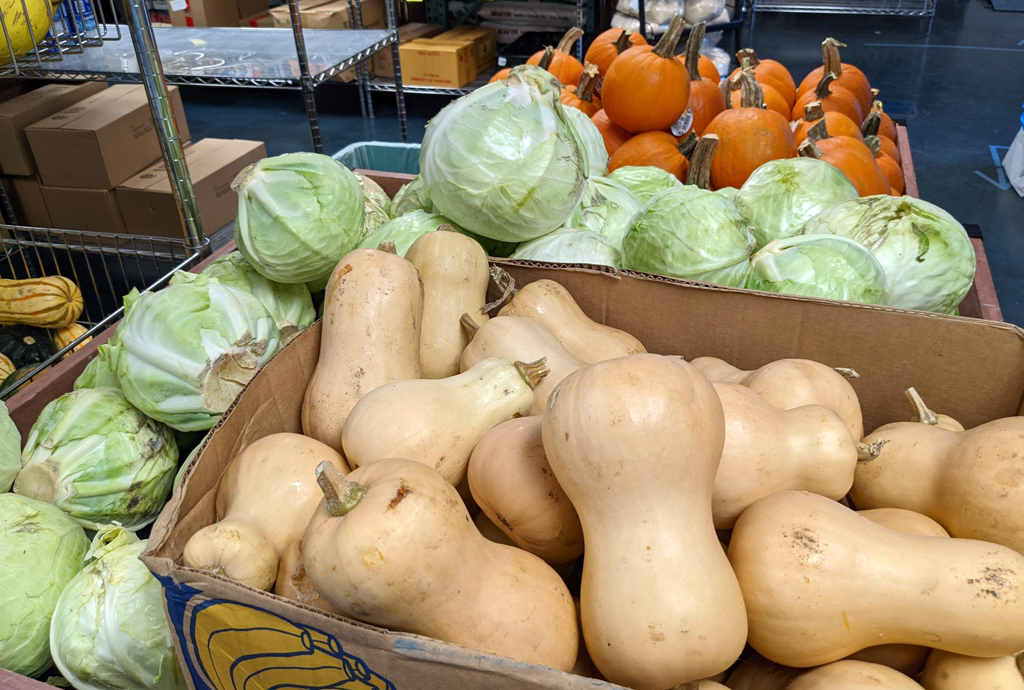

Summertime is one of the best times of year in Minnesota. While you’re enjoying the sunny and warm weather this summer you may notice some subtle and not so subtle changes in our climate due to climate change. As these changes have occurred, Hennepin County has been working to be resilient to climate change.
Climate resiliency is a term to describe how people and organizations are finding ways to successfully adapt to, manage, and mitigate the impacts of climate change. This article highlights three ways Hennepin County is practicing climate resiliency – by offering cooling options, testing our beach water, and increasing food resiliency.
Climate resiliency is a term to describe how people and organizations are finding ways to successfully adapt to, manage, and mitigate the impacts of climate change.
One of the best ways to celebrate warmer weather is by swimming in a Minnesota lake. Beach season is here and Hennepin County works hard to keep beaches healthy and safe for everyone to enjoy. Because climate change is increasing our risk of water-borne related illnesses, we need to keep an eye on our beaches. This increased risk is due to more rain and runoff from agricultural and industrial sites creating conditions for water contamination.
Each summer, between Memorial and Labor Day, Hennepin County Public Health staff sample and analyze the water at public beaches to make sure it’s safe for swimming. If staff finds a beach that needs to be closed due to unsafe water conditions, they will inform the public through closing the beach and updating the beach map.
A few tips to stay safe at the beach that Hennepin County Public Health recommends are to:
Wait 24 hours to swim after a heavy rainfall
Shower after being at the beach
Don't swallow water
Wash your hands thoroughly before eating and after using the bathroom
Don't swim if you're sick or have a weakened immune system
Put tight-fitting rubber or plastic pants on children who wear diapers or aren’t toilet-trained
Take your children for frequent bathroom breaks
Don't attract birds to the beach by feeding them
Pick up your trash
Find more tips here

During Minnesota summers, we love getting out into the long, sunny days and spending time outdoors. While outdoors, you may notice more humidity than in the past. This is due to how climate change is impacting our environment, and it can pose health risks. People who are most vulnerable to heat related issues are typically the elderly, people with disabilities, kids, and more.
Because of these changes to our climate, Hennepin County created a map of cooling options for people to reference on hot and humid summer days. Cooling options are spaces in the community for people to escape the harsh elements, and include community centers, beaches, pools, and recreation centers. The map is continuously updated.
Hannah Young, Hennepin County Public Health Senior Administrative Assistant, shared that she and her team “are working to map out what specific areas in Hennepin County are most vulnerable to heat.” These areas include places in Hennepin County that have little to no greenery and lots of pavement. The goal is to identify these vulnerable areas and create more cooling options to keep residents healthy.

Access to healthy affordable food is often limited for low-income households and communities, which can increase health inequities. As food prices rise, low-income households often must choose cheaper, low nutrient, processed foods associated with higher risks for diabetes, hypertension, and obesity.
One way to combat this is to support local and sustainable food systems. Examples include supporting food shelves, food banks, and community gardens and orchards. “These projects are so important because they divert food resources to people and communities who need them most,” says Hennepin County Public Health Promotion's Maia Seitz. “The same communities also tend to be those who are most impacted by climate change.” Check out a map of food shelves and free food programs to find one near you in Hennepin County.
Community gardens and orchards help by giving people immediate access to fresh fruits and vegetables. Being part of the planting, growing, and harvesting can also help people feel more involved and connected to the food and their community.


Our climate is changing, and public health professionals and our partners are working hard to help Hennepin County become resilient to these changes. As a few areas of this work are sampled in this article, we have many other programs in place to continue keeping residents safe and healthy. For more information about what Hennepin County is doing, check out the climate action plan website.